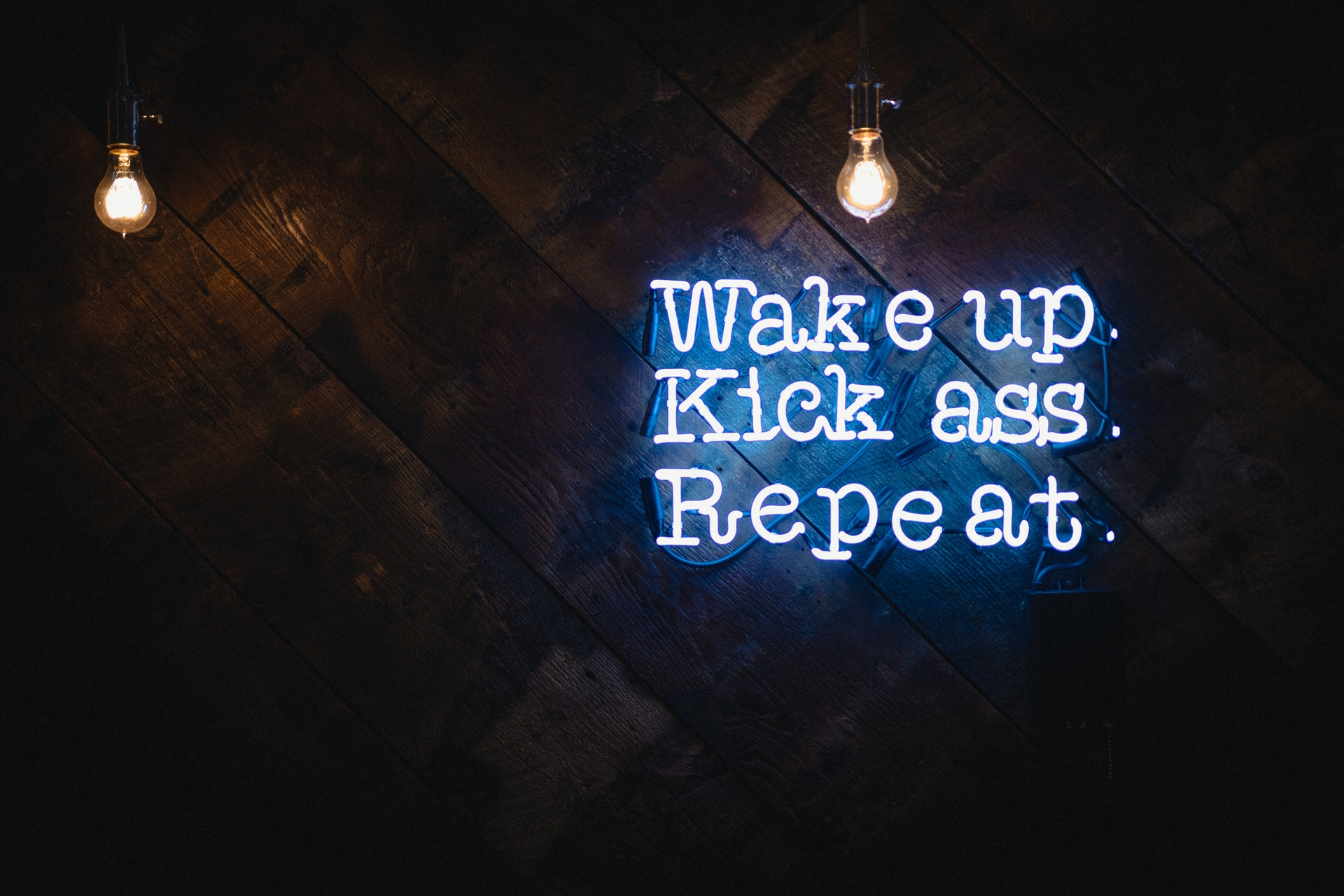
Get the Six Habits for Overcoming Isolation Guide for free


Motivation is best described as the process that initiates, guides, and maintains human behavior. It's a condition inside of us that desires a change, either within ourselves or in our environment. At the core of motivation is the energy for persistent goal-directed behavior. When we are motivated, we get into motion and take action, for better or worse.
Listen to the podcast version here
Since motivation is a driving force behind all human behavior, understanding how it works and the factors that influence it can be important for a variety of reasons. Understanding motivation increases your efficiency, encourages you to take actions that are in alignment with your goals, and helps you avoid unhealthy behaviors, such as unnecessary risk-taking and addictions.
The main types of motivation are usually categorized as being either extrinsic or intrinsic.
Extrinsic motivation originates from outside of the individual. This is when your behavior is motivated by an external factor, getting you to do something in expectation of earning a positive outcome. Examples of extrinsic motivation include awards, money, social recognition, or praise.
Intrinsic motivation arises from within the individual. In this case, your behavior is motivated by an internal desire to do something just for the sake of doing it. For example, exercising because you want to relieve stress or doing a puzzle for the gratification of solving a problem.
Anyone who has ever had a goal (like wanting to get in shape or learning a new language), knows that simply having the desire to accomplish it isn't enough. In order to succeed, you also have to be able to push through any obstacles in your path and have the endurance to keep going. Researchers have identified three major components of motivation: activation, persistence, and intensity.
Activation occurs when you initiate a behavior. Examples of activation are driving to the gym, picking up a book, or leaving the house to go on a walk.
Persistence is when you continue to move toward your goal even if you encounter obstacles. It's what enables you to continue striving for what you want after the initial phase of euphoria wears off and you realize the hard work that is involved.
Intensity is the amount of effort and concentration that you put into pursuing an objective. For most goals, such as losing weight, the results you achieve are directly proportional to the frequency and intensity with which you exercise.
The degree of each of these components impacts how likely it is that you'll achieve your goal. Strong activation means you are likely to start a certain behavior, but persistence and intensity will determine if you keep working toward that goal and how much effort you put into it.
Experiencing fluctuations in your motivation is completely natural. Sometimes you will feel fired up and driven to reach your goals, and other times, you may feel drained, insecure, or unsure of what you want or how to achieve it.
While at times you need to rest and recover, there are some things you can try to help you increase your motivation when you want to keep working towards your goal.
The most common misconception about motivation is that it is the cause of action, rather than the result. We tend to think that motivation comes after passively consuming an inspirational book or video. In reality, motivation often comes after starting a behavior, not before. Taking action, even in small ways, is a form of inspiration that naturally produces momentum and, as a result, motivation.
To build this momentum, set your decision-making on autopilot by scheduling your habits. This way, you don't waste resources deciding when or where to work but on doing the work itself instead. Scheduling habits make it more likely that you will follow through regardless of the amount of motivation you feel in the moment.
In order to make motivation a habit, start by creating a routine that functions as a low barrier to entry. This routine should be so easy that you simply can't say no to it. For example, your running habit starts by putting on your sneakers, your morning habit starts with drinking a glass of water, or your nighttime routine starts by putting your phone on the "do not disturb mode" mode.
Second, your routine should propel you in the direction of the end goal. While the routine should be as easy as possible to start, it should gently transition into more physical movement. You have undoubtedly experienced the effects of "just getting started" and finding yourself experiencing less and less resistance as you go. This isn't only the case for exercising; if your goal is to sleep better, then your routine should bring you closer to the physical act of sleeping.
Finally, it is important to follow the same routine every single time you want to start the habit. Eventually, the routine becomes so tied to the sequence of steps you take next that by simply doing the routine, you are priming your mental state to perform. There is no need for motivation; all you have to do is start your routine.
I used to feel like the empty shell of a person just going through the motions of life. People jokingly referred to me as a robot and described me as overly logical without any apparent emotions. I was depressed, anxious, and didn't understand the point of being alive.
I learned the importance of analyzing my needs and wants, consuming information and resources that got me excited about life, doing what needed to be done to close the gap with where I wanted to be, and finding rest within myself to be free from anxiety and disturbances. I also learned how to trust myself and to rely on a solid group of friends allowing me to tap into an enormous amount of strength.
I summarized everything I learned in the Six Habits for Conquering Anxiety and Depression e-book to help you make the same journey. You can sign up for my newsletter on the bottom of this page to receive blog updates (never spam), and you will receive the ebook for free.

Get the Six Habits for Overcoming Isolation Guide for free